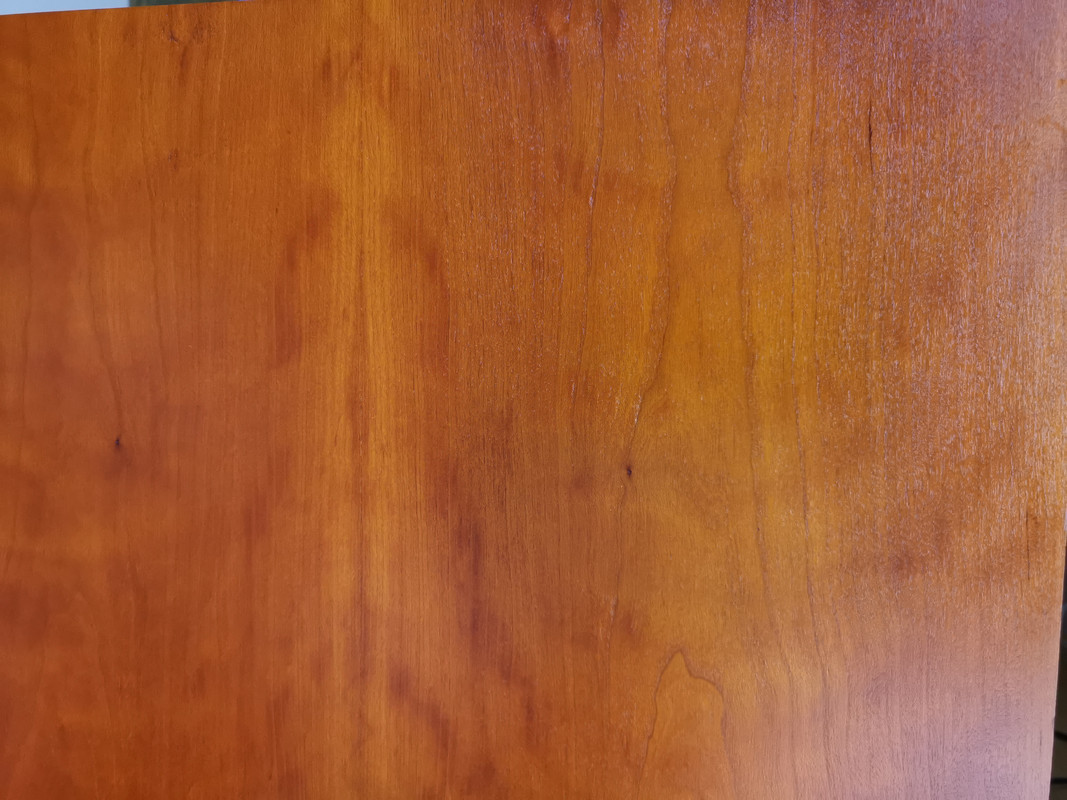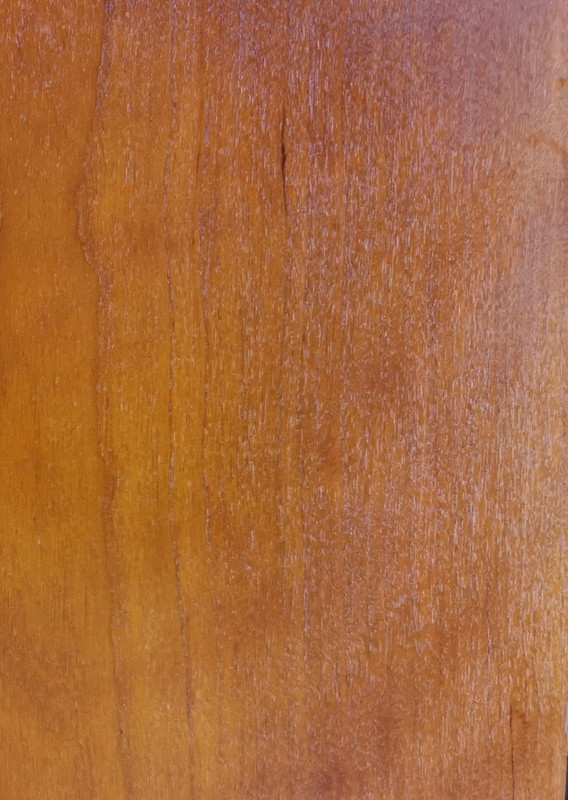Yank
Bulbous Also Tapered
I’ve had other speakers that obviously had a polyurethane finish. My 15 year-old Harbeths certainly did not, or they would not have soaked up the beeswax-based polish as they did. I’ve seen other wood veneer speaker cabinets in the BBC style that certainly don’t show the obvious hard gloss of polyurethane.
Polyurethane is available in a variety of textures, it is not only a high hard gloss.



